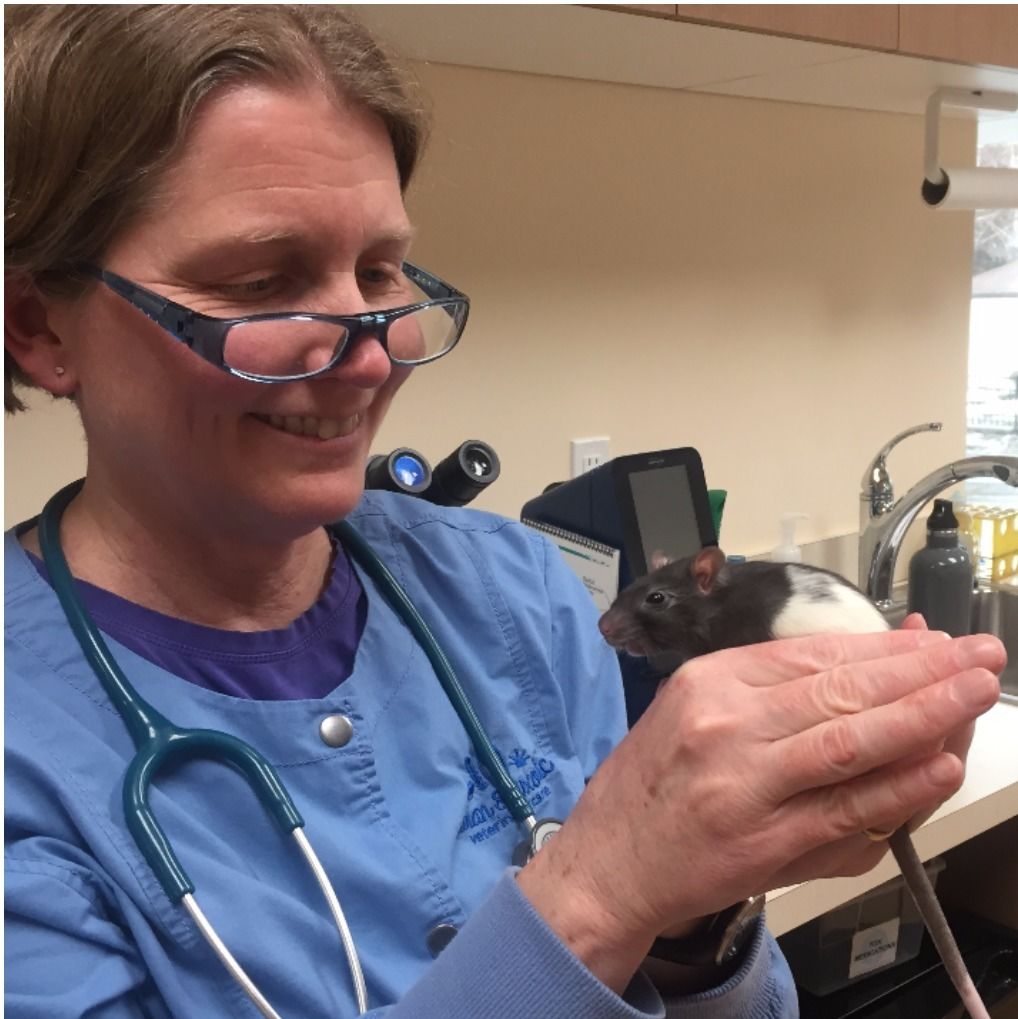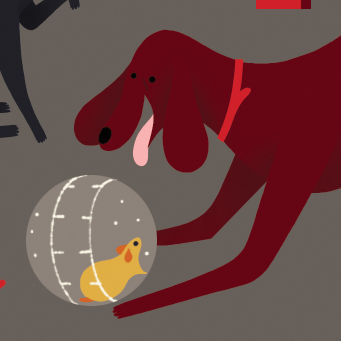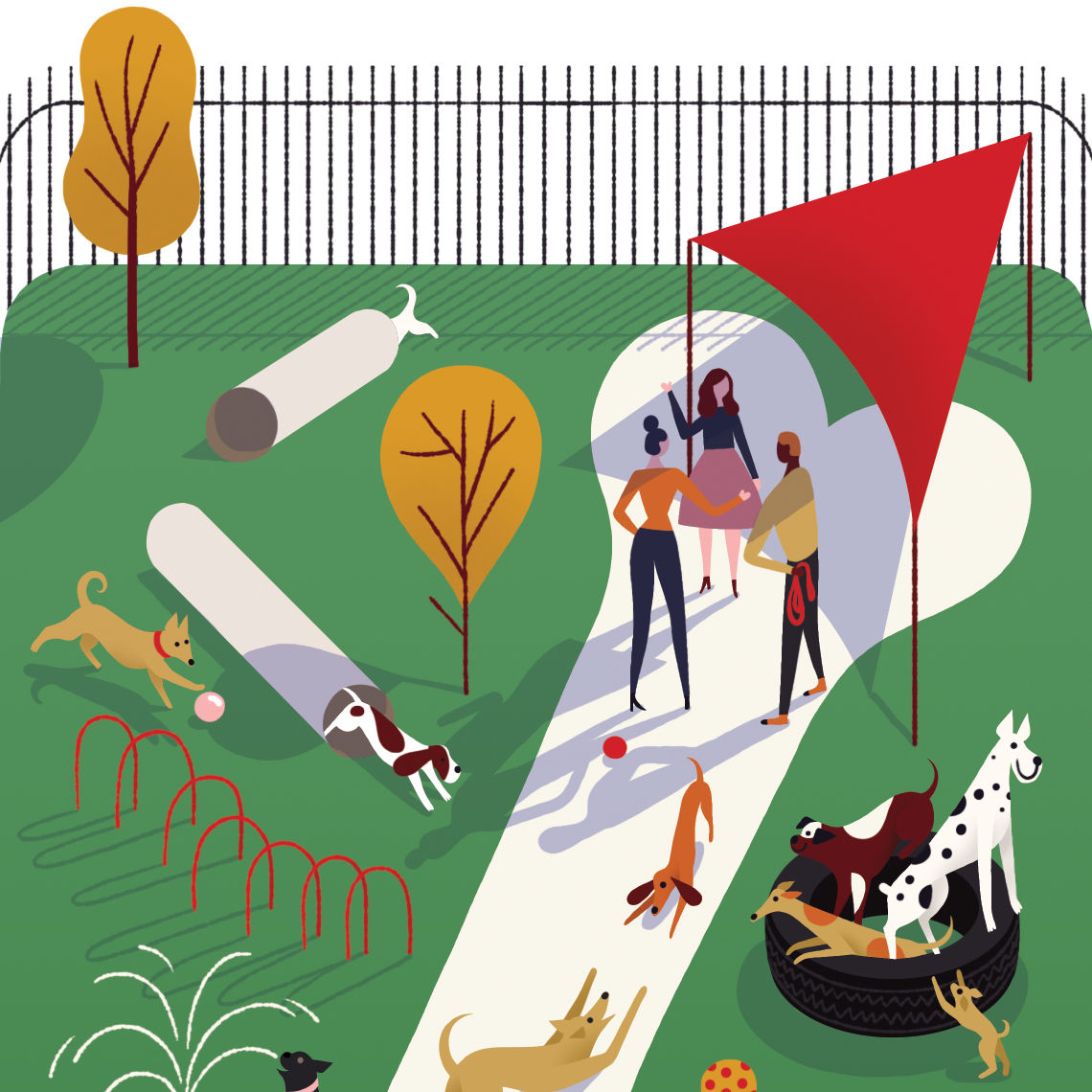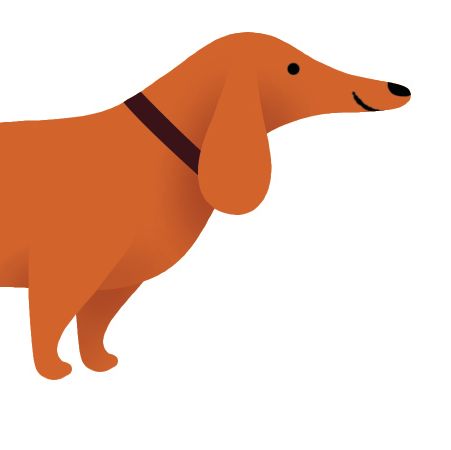A Great Vet Can Transcend the Cycle of Life
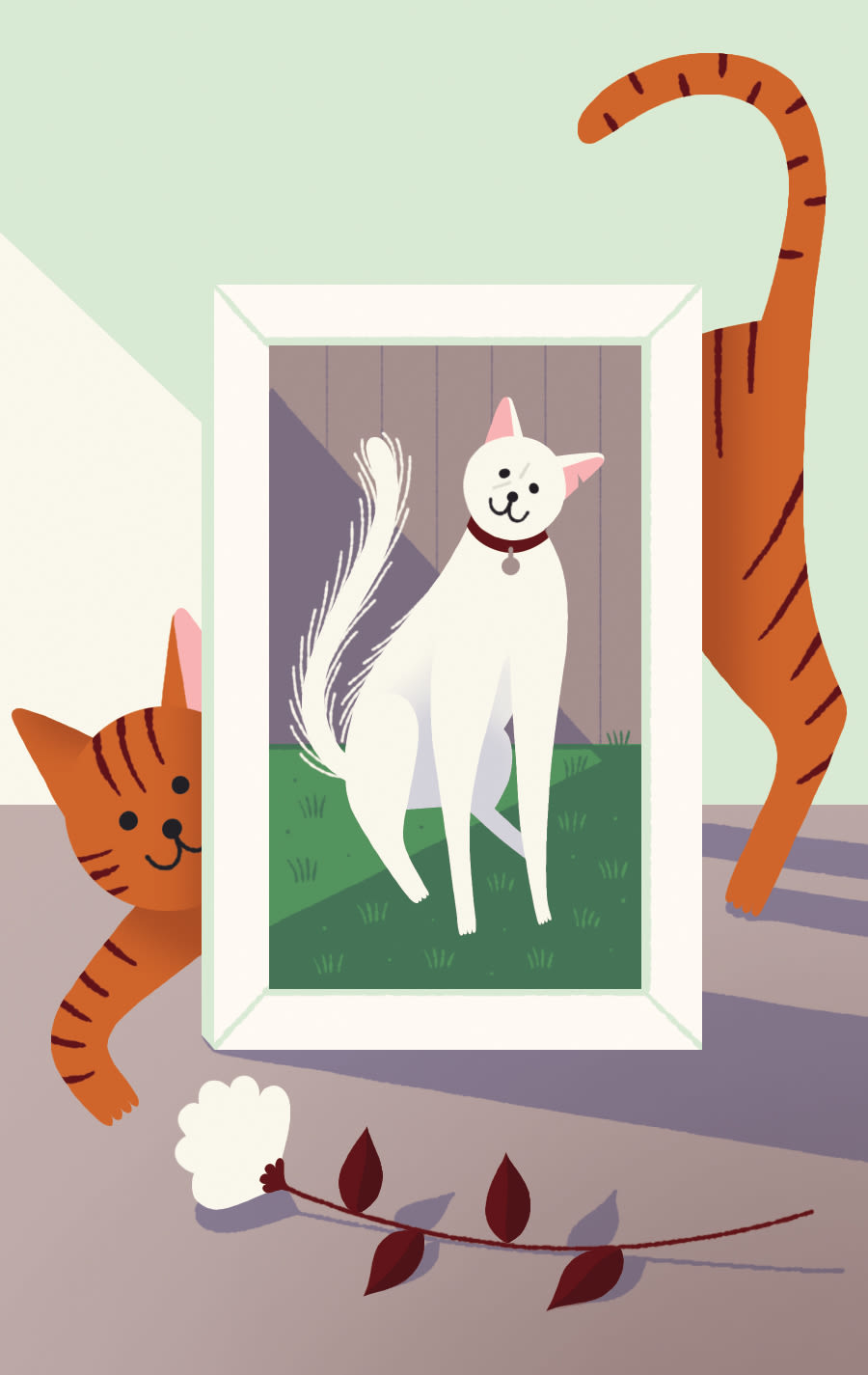
IMAGE: EMMANUELLE WALKER
A month after ditching the last semester of art school, I found myself in a crappy Los Angeles rental with a seven-pound roommate. Kudra stuck with me 19 years, outlasting a doomed decade-long relationship and pawing her way through 12 apartments in seven different cities.
A career nomad, I’d rarely seen the same doctor twice. That changed in the last year of Kudra’s life. She was spry into her early 20s, and preferred to walk to her doctor visits up the street at Portland’s Pet Samaritan Clinic.
In fact, we walked together to the appointment where I learned that her thyroid was overactive, that she was dangerously dehydrated, and that she would require intravenous fluids while we waited for further test results. Our vet, Sue Erickson, was compassionate, thorough, and steady. She taught me how to prepare a drip on my kitchen table, how to hold Kudra’s fragile body while I maneuvered the needle.
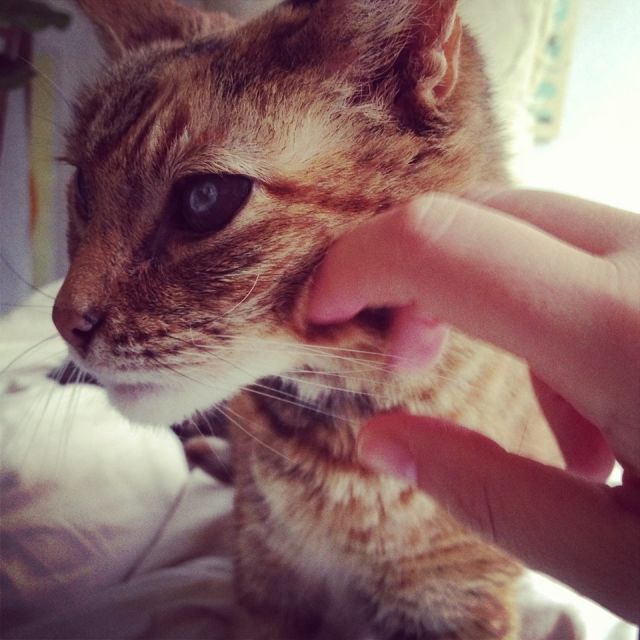
Kudra in her later days
Image: Amy Martin
I carried Kudra to her last appointment, days later. Her pulse was faint, her body temperature dropping. It turned out she was dying. I reeled. Dr. Erickson was direct and kind, stroking my weakened cat as if she were her own. “It’s time. If you’re going to intervene, you should do it now.” She gave me the number of a vet who would come to my apartment, and showed me how to keep her warm and comfortable in the meantime. Kudra died on my chest three hours later, beating the traveling vet by mere hours.
Two weeks later, I was back with Dr. Erickson, this time with a tiny, squirming lump of fur wrapped in my sweater: a hamster-size kitten I’d found in a nearby parking lot. One of his eyes had just begun to open. He was barely a week old. “Can you help me keep him alive?”
The vet was cautiously optimistic; abandoned neonatal kittens have a mortality rate of as high as 40 percent and demand round-the-clock care. Every two hours I was administering a bottle, a bath, and a blow-dry. I was back at the doctor’s office with Latke every couple of days for checkups, enemas, even mothering lessons. “Here’s our miracle!” Dr. Erickson greeted him each time. Under her care and encouragement, Latke thrived and grew. And grew.
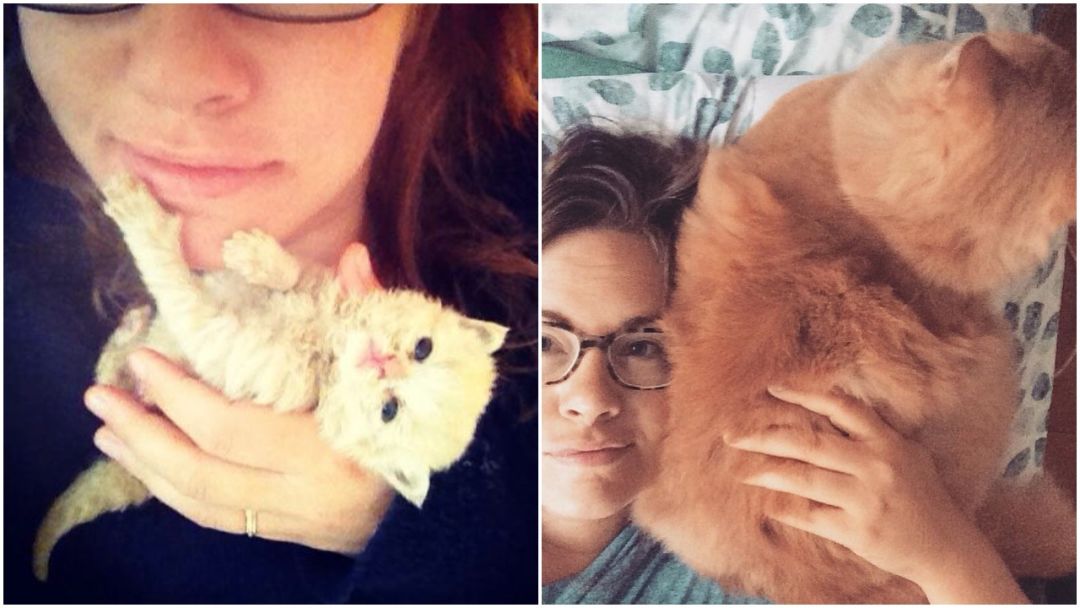
Latke, then and now
Image: Amy Martin
Two years later, I’m about to move my ill-tempered 16-pounder to my first house, miles away. My neighborhood vet will become my long-distance vet. The drive will be worth it, for both of us.

